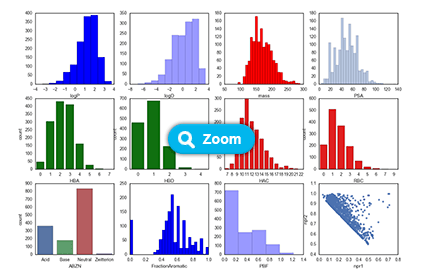Fragment-based drug discovery (FBDD) has become increasingly important in pre-clinical pharmaceutical research as an alternative approach towards the generation of hits and starting points, especially for previously intractable biological targets.
Complimentary orthogonal fragment screening methods are now used to identify, confirm and validate low molecular weight, (typically 150-250 Da) ligands with relatively weakly-binding affinities for a target. These confirmed fragment hits can be further evaluated using structural biology ligand-protein studies by X-ray co-crystallography or NMR to determine the binding modes and orientation of the ligand at the target site.
In contrast to high throughput screening of large compound collections (typically 400-450 Da), the relatively reduced size of the fragments often means that screening a much smaller collection of diverse fragments can provide a reasonable selection of hits for follow-up for lead generation.
If you have performed a fragment screen, Selcia can help by performing follow up programmes including:
Hit validation - ensure the hit is fully characterised and identifying both assay interference that may result in false positives and promiscuous inhibitors and aggregators (most common is formation of 30-200nM aggregates).
Hit expansion - identifying, synthesising and evaluating close analogues of the fragment hit(s), and subsequently chemically modifying the hit fragment(s) through:
-
Fragment Growing – increasing the potency of the fragment hit(s) whilst maintaining potency and binding orientation.
- Fragment Merging – combining information from diverse fragment hits and making hybrid molecules.
- Fragment Linking – linking together fragments with different binding modes
Structural Biology - access to fast turnaround X-ray co-crystallography via a strategic partnership before progressing a lead optimisation programme.
Lead Optimisation – of validated leads arising from the fragment screen hit follow-up programme.
Details of the Selcia Fragment Library available through BioAscent CompoundCloud
- Selection & design by Rule-of-Three criteria
- Solubility >1mM (calculated & measured)
- Analysis by LC/MS & 1H-NMR (Purity >95%)
- Aimed at a broad portfolio of targets
- Chemically expandable and attractive to medicinal chemists
- More than 20% of fragments are substructures within marketed drugs
- High degree of diversity
- Majority of compounds are singletons
- Low overlap with commercial fragment libraries
Please contact us for further information. We will be pleased to arrange a teleconference or meeting with our technical experts.


